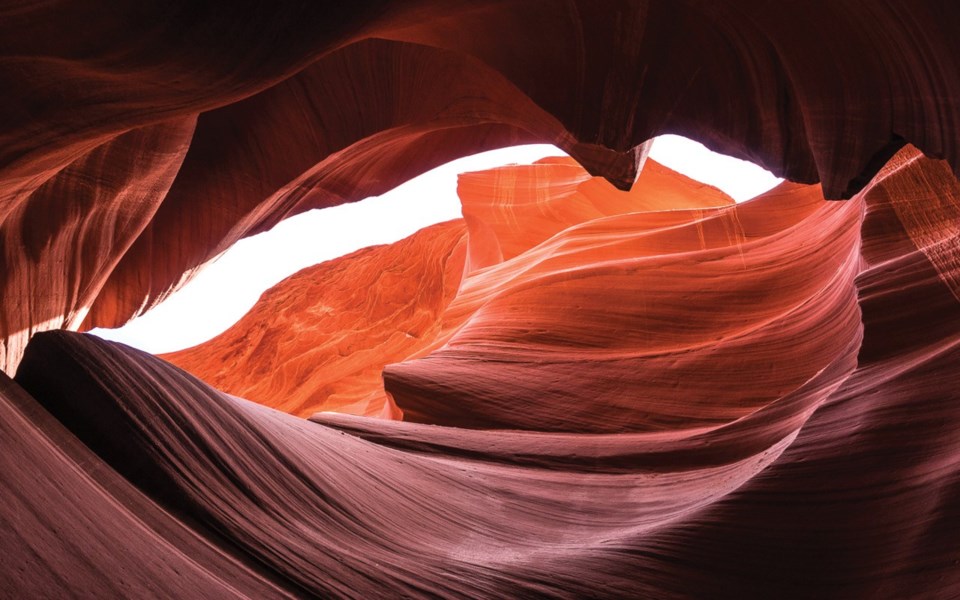While tourism is super-important to Whistler, we are fortunate that to date it has been largely positive to our lifestyle. That is not the experience universally. Some parts of the world are now awash with tourists. According to the World Tourism Organization there were 1.6 billion international tourist arrivals in 2018. Some places have reached capacity and visitors experience chronic crowding, see damage to sites, and have a degraded experience.
The reasons for this explosion in tourism are numerous. Some include low-cost airlines with competitive ticket prices, the expanding cruise-ship industry in Europe which grew by 49 per cent in the eight years to 2016, and Airbnb which made accommodation less expensive. Importantly, the middle classes in China and India became avid travellers.
The other side of the coin is under-visited regions and sites where tourism could be transformational. These areas could benefit from employment and economic activities which tourists would generate. The question is, "How do we persuade tourists to visit these places rather than those that are more well-known?"
Social media
Many once thought that social media would provide the answer. The theory was that if unknown areas could put photographs and posts on Instagram and Facebook, people would see these places and would want to visit. In a few instances, this has proved correct. Antelope Canyon and Horseshoe Bend in the southwestern USA are two places that were virtually unknown 15 years ago but are now very popular (some say over-popular) tourist spots.
But Facebook and Instagram have also had the reverse effect. The selfie craze of the past few years has created a desperate need in some travellers to be photographed in a place that is readily recognized by their friends. This has coincided with many travellers making a 'bucket list' of places that must be visited. The result is that thousands crowd into a few places at the same time to photograph themselves. Many come away disappointed.
What about the locals?
It can even be worse for locals. Having lived in a tourist area at one time, I have had personal experience of some of the problems. Noise pollution, crowded streets and public areas, increased shopping prices and rents, and more petty crime are just some of the things experienced by locals.
But it can even be worse than this. In some places, locals are being priced out of their homes by increased demand for tourist accommodation, in particular Airbnb. Smart investors buy up residential properties in desirable locations and convert them into tourist apartments, provoking housing shortages and pushing up prices.
Venice, for instance, has lost two thirds of its residents in the past 50 years. As residents leave and tourist numbers increase its historic houses become tourist accommodation and its hardware shops, doctors and dentists are replaced by souvenir stalls and restaurants catering for visitors. The same cycle threatens Barcelona and Florence, amongst other places.
Some cities have taken action. Copenhagen has limited the number of days per year that owners can rent out their residences. Barcelona has forced Airbnb to share data about owners and remove listings for unlicensed apartments. In Iceland, locals can only rent out their apartments for up to 90 days per year before needing a hospitality licence.
Where there is huge seasonal demand, visitors are causing overloading to sewerage systems and electricity supplies which were originally built for local demands. This affects locals more than visitors
We are seeing residents reacting to this. Anti-tourism street marches have been held in Italy and Spain. Tourist buses have been attacked in Spain and signs erected saying, "Tourists go home" and "Tourism kills Mallorca." Clearly the physical and cultural disruption for local people is reaching a critical level.
Governments react
Pollution and environmental damage are also problems. Thailand closed to the public the very popular Maya Bay on Koh Phi Phi Leh for a major clean-up and to allow the environment to recover. The Philippines did the same to Boracay after complaints from both tourists and locals. Komodo Island in Indonesia will be closed to tourists for a year.
In Australia, tourist permits are strictly limited for the Thorsborne Trail on Hinchinbrook Island and the same thing applies to Peru's Inca Trail. Dubrovnik has limited the number of visitors allowed per day and restricts cruise ships to two at any one time. Amsterdam has banned the construction of new hotels in the city centre. Santorini, Greece has limited cruise visitors to 8,000 daily. The Cinque Terre on the Italian coast is capping the number of visitors to 1.5 million per year.
At least 42 countries charge visitors a tourist tax and a few local authorities are moving towards additional financial charges for visitors as well. Bhutan charges a tourist tax of about $250 a day which covers accommodation, transportation in the country, a guide, food, and entry fees but only a certain number of permits are issued to ensure the country is never crowded.
Venice has just introduced a daily tax for all tourists. Amsterdam charges cruise passengers €8 a day to visit. Amsterdam, Paris and Berlin have all recently increased their local tourist tax. These are in addition to any country tourist tax.
You can help
There are ways to beat 'over-tourism,' and enjoy your travelling more. Travel out of \peak season and avoid peak times during the day. Don't view the world's attractions as a checklist you must visit and try alternatives such as Verona rather than Venice. Forget Instagram and leave the selfie stick at home. Be wary of large-scale packaged tourism and use local operators instead.
No one wants to hear what I overheard recently as a visitor struck a pose and took their Instagram image. "It's beautiful, but I would never come back. There are too many tourists."




